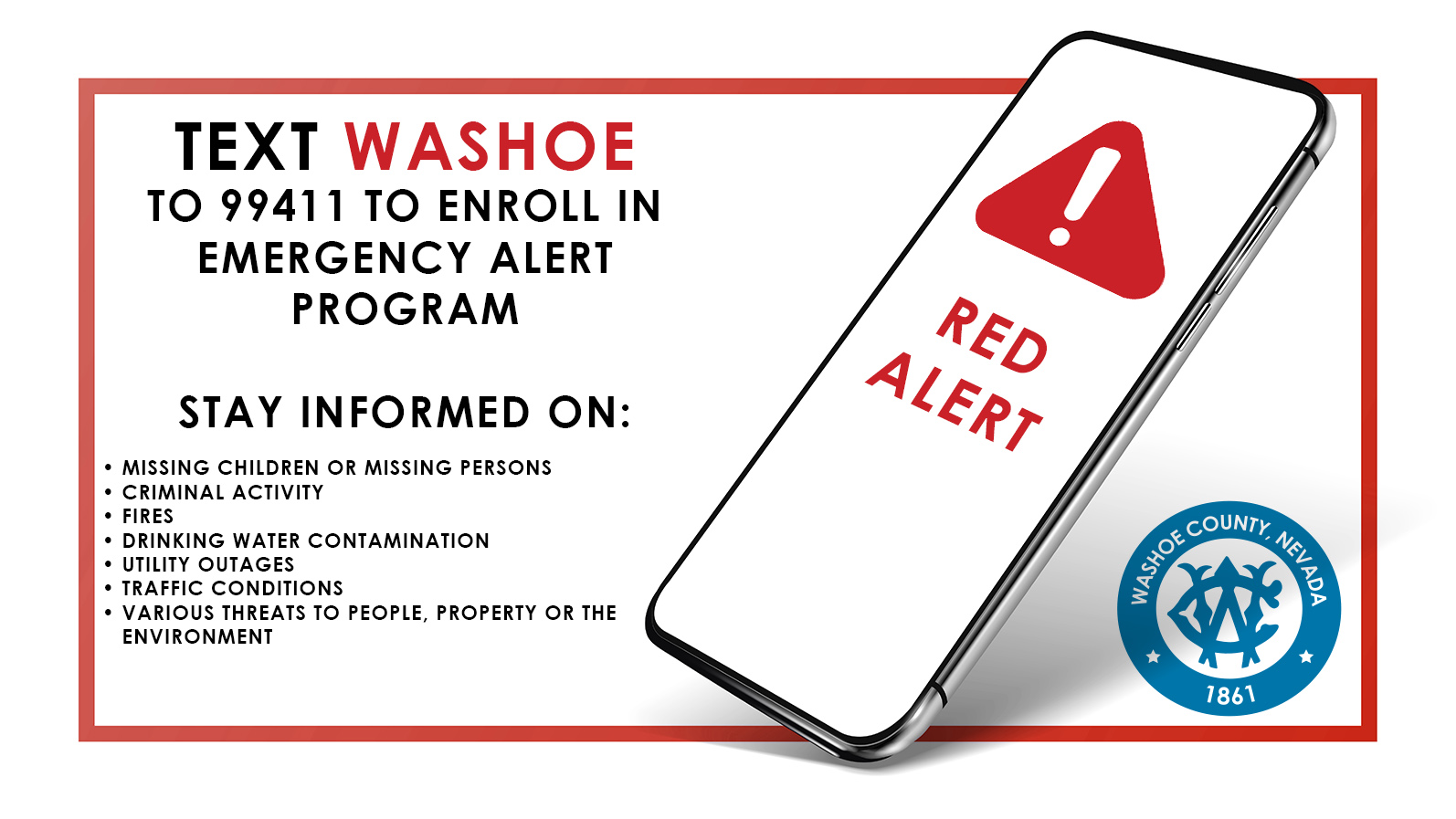SEPTEMBER IS NATIONAL PREPAREDNESS MONTH: TAKE CONTROL IN 1, 2, 3
![]()
Since 2003, September has been celebrated as National Preparedness Month. Disasters and emergencies can happen anywhere, at any time, and now is the time to prepare.
This year's theme, “Take Control in 1, 2, 3,” highlights the importance of preparation by taking three essential steps - assess your needs, create a plan, and engage your support network:
- Assess your needs and make a plan
- Assemble a Kit
- Stay Informed and engage your support network
If you have these three components in place you will be able to navigate an emergency much quicker with less stress.
The first step is assessing your needs and making a plan. This means making sure your family is well-informed on potential hazards and community plans. Know what to do if your family is not at home when a warning is issued. Some things to consider when developing your Emergency Plan:
- Identify potential disasters and how to respond to each
- Discuss what to do about power outages and personal injuries
- Know two escape routes from each room in your home
- Identify two family meeting places – one near home and one away
- Post emergency telephone numbers in a central location
- Know what you need to do in the event of an evacuation
- Know how to shut off your utility service
- Plan for any special needs
- Make plans for your pets
The second step is assembling a kit. There are six basic items to include:
- Water – a three-day supply, one gallon per person per day
- Food – a three-day supply of non-perishable food
- First Aid & Supplies
- Clothing, bedding, and sanitation supplies
- Tools – a partial list may include an emergency preparedness manual, a portable battery-operated radio, flashlight, cash, mess kit/plastic utensils, can opener, signal flare, maps, whistle, matches
- Special items – for family members with special needs such as infants and elderly or disabled persons.
The third step is to stay informed and engage your support network. There are five ways that safety officials will notify the public.
- The Emergency Alert System (EAS) which will interrupt the local radio and television broadcasts with emergency alerts and instructions to the public
- Wireless Emergency Alerts (WEA). These messages come to your cell phone via text and voice.
- Reverse-dial. A pre-recorded message is sent to your landline.
- The Code Red Notification System – this system uses remote computers and telephone lines to relay a recorded message. You must be registered to receive these notifications.
- Social and traditional media
If evacuation becomes necessary, again the more you are prepared, the quicker you can respond. Have your kit or go bag ready (including documentation of your home inventory and important information) If you are advised to evacuate do so immediately, do not wait. Know your evacuation routes and stay informed.
Engage your support network by getting to know your neighbors. Your neighbors may be the first ones who can help while emergency response teams are en route. They know where you live and may have a better idea of what you might need. By meeting your neighbors, you can exchange contact information and share your family emergency plans. Consider having a neighborhood meeting and creating a neighborhood map that identifies addresses that have special needs, animals, elderly etc. Practice an evacuation of your home and neighborhood yearly and check and update information during that time.
Some helpful information links:
For more information on Emergency Preparedness visit readywashoe.com.
